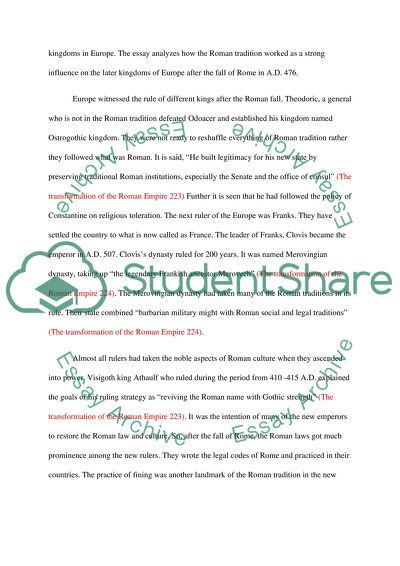Cite this document
(“Europe After the Fall of the Roman Empire 400-600 AD Essay”, n.d.)
Retrieved from https://studentshare.org/history/1436584-europe-after-the-fall-of-the-roman-empire
Retrieved from https://studentshare.org/history/1436584-europe-after-the-fall-of-the-roman-empire
(Europe After the Fall of the Roman Empire 400-600 AD Essay)
https://studentshare.org/history/1436584-europe-after-the-fall-of-the-roman-empire.
https://studentshare.org/history/1436584-europe-after-the-fall-of-the-roman-empire.
“Europe After the Fall of the Roman Empire 400-600 AD Essay”, n.d. https://studentshare.org/history/1436584-europe-after-the-fall-of-the-roman-empire.


